Get to Know 5 Great Japanese Children’s Book Authors
Beautiful Books Perfect For Gifting
While there is a time and place in most homes for blockbuster volumes of Disney books, make space on your little one’s bookshelf for modern Japanese children’s literature, whether translated or in its native language.
One of the joys of raising children in Japan is discovering the magical world of Japanese children’s literature. Although I easily could have doubled this list, the five authors and illustrators below are must-reads with your little ones. While most have at least some of their works published in English translation, for their full collections, you will have to read in Japanese. Of course, this can double as language practice. But, in my opinion, one of the beautiful things about children’s books is that the drawings and emotions therein can speak across cultures and languages.
1. Taro Gomi
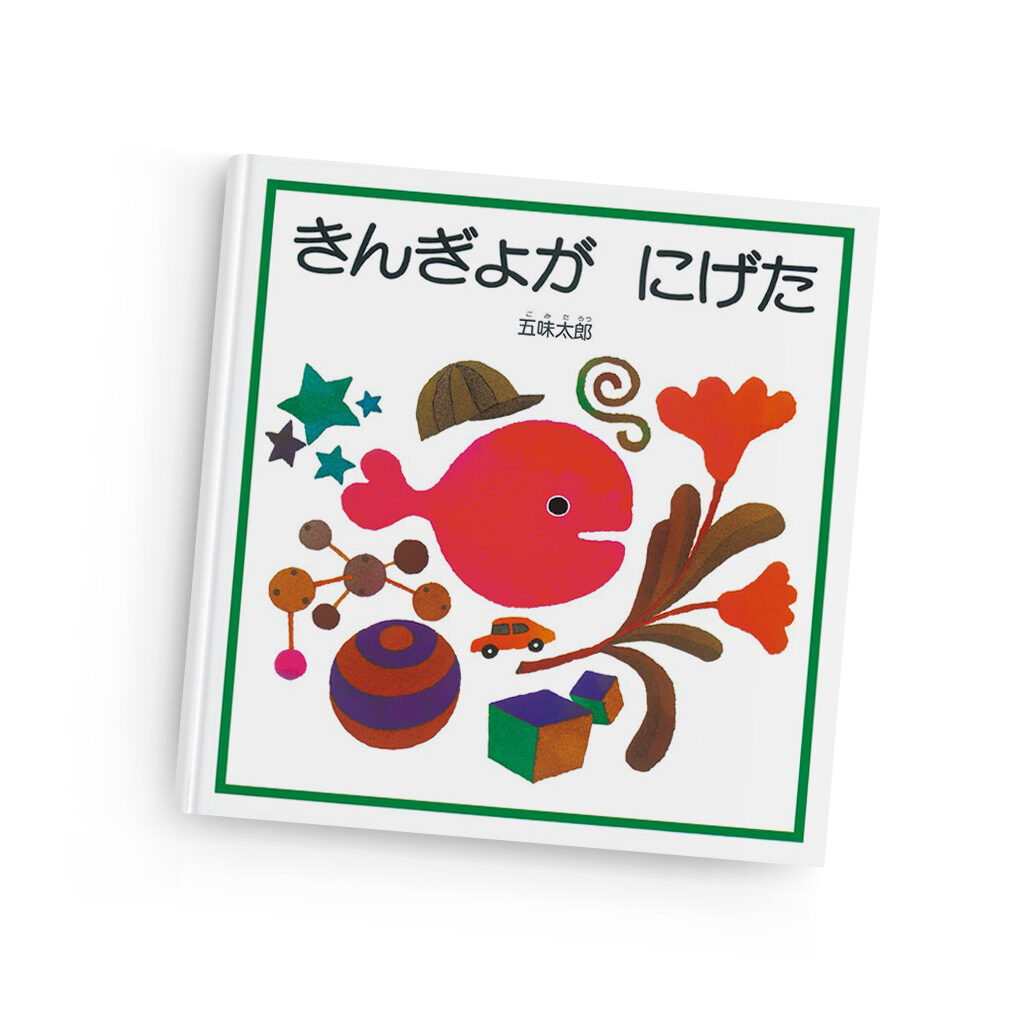
Perhaps one of Japan’s most prolific children’s book authors is Taro Gomi. From his first work in 1973, entitled Michi (Road), Gomi established his unique art style of bold colors and humor. Through his meticulous attention to a kid’s eye view of the world, his books allow adults to rediscover the souls of their childhood selves. Look no further than some of Gomi’s most enduring works, like my daughters’ favorite, Kingyo ga nigeta! or The Goldfish Got Away in its English translation.
While he has published over 400 titles in Japanese, only a handful have been translated into English, notably the entertaining toddler and preschooler favorite, Minna Unchi (Everyone Poops). Besides standard children’s books, Gomi is also the author of the popular Rakugaki (doodle) series which encourages kids to participate in the book creation process by drawing, coloring, doing mazes and more.
2. Rieko Nakagawa
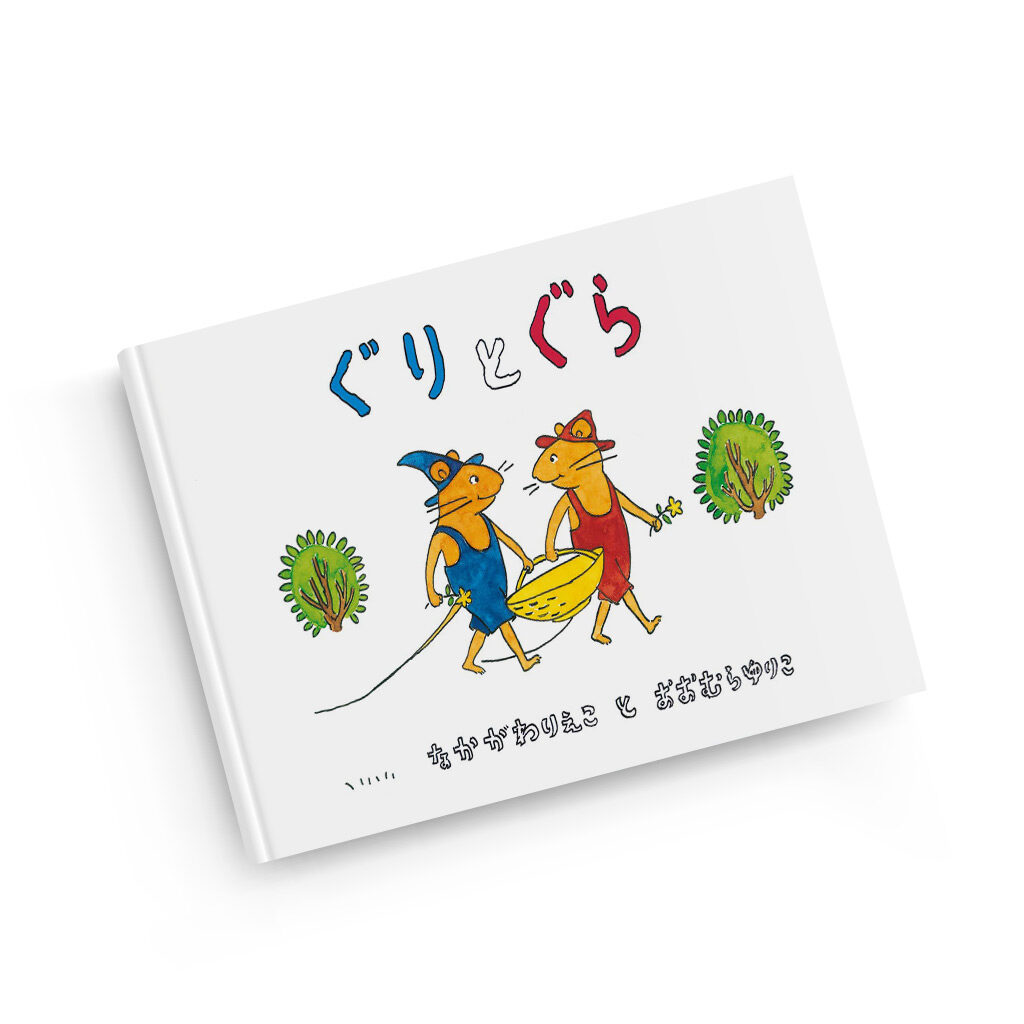
The author of one of Japan’s most popular and enduring picture books, Nakagawa was born Omura Rieko in 1935 and worked as a nursery school teacher for fifteen years. This experience allowed her to pen children’s books that spoke to the hearts of little ones. Many of her books were illustrated by her younger sister Omura Yuriko (later Yamawaki) who did not attend art school but loved to illustrate her older sister’s uplifting stories.
Nakagawa and Omura’s most famous collaboration, the Guri to Gura series, was first published in the monthly magazine Haha no Tomo in 1963 and turned into a hardcover in 1967. Many sequels and media adaptations followed and the food-loving field mice protagonists became a constant in bookstores across the country. In addition to writing children’s books, Nakagawa also wrote lyrics, with perhaps the most famous being the opening song “Sanpo” (Hey Let’s Go) in Studio Ghibli’s smash hit, My Neighbor Totoro.
3. Mamoru Suzuki

A dropout from the prestigious Tokyo University of the Arts, Suzuki has created many evocative picture books for children of all ages. His heart-warming stories, often co-written with his wife, Takeshita Fumiko, draw on their experiences from child-rearing. A bird lover and researcher, he has also penned children’s books about birds, like Fushigi na tori no su (The Mysteries of Birds’ Nests).
Whether centered on the animal or human worlds, Suzuki’s detailed and beautiful drawings meticulously represent everyday life and the sweet universal love between parent and child, such as in his popular book, Anata ga daisuki (You Belong to Me). Colors evoke feeling in Suzuki’s work and he begins a piece with a color image that shifts with the story; the book above, for example, changes its palette from pink to blue as the character grows. When he profiles quotidian Japan, as in his series on transportation vehicles, his colorful drawings encourage children to be excited by their surroundings, from the hum and bustle of a city train station to the quiet calm of a mountain road.
4. Mitsumasa Anno
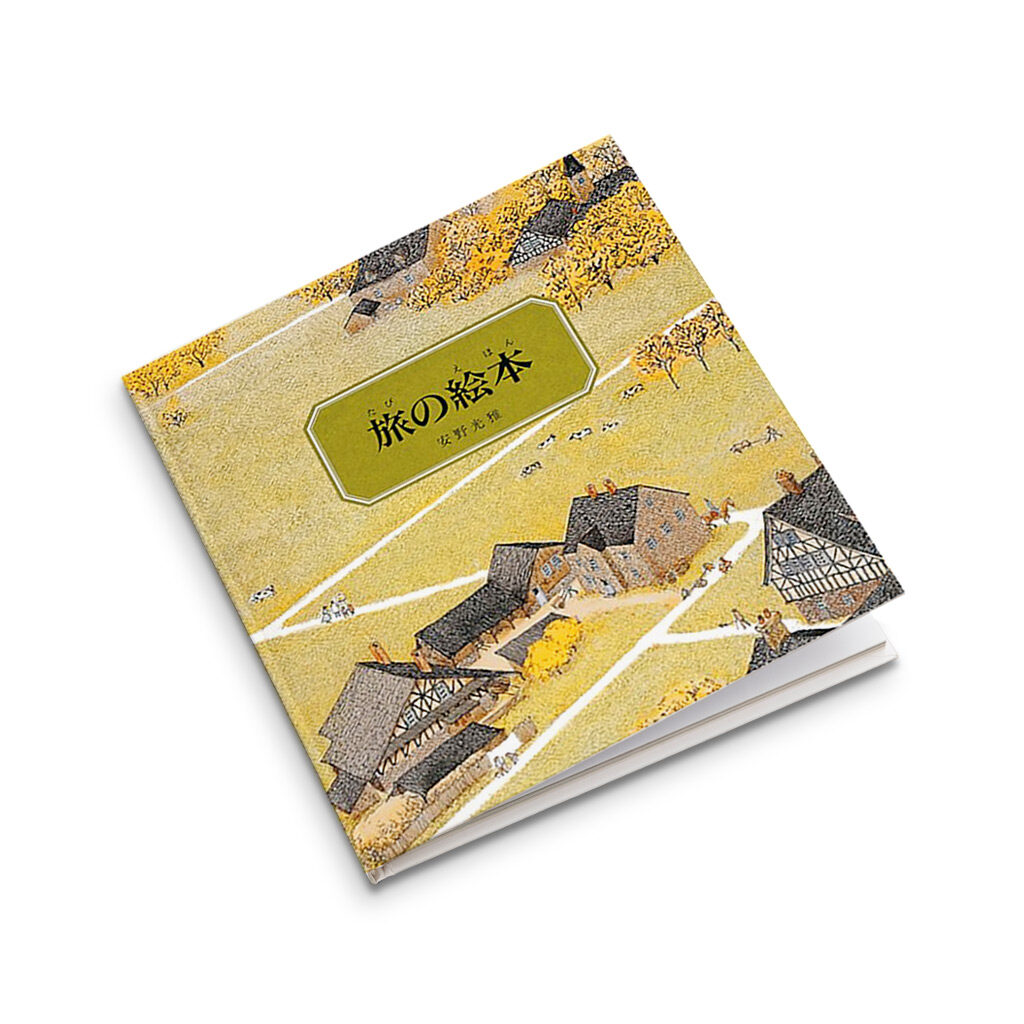
From his first publication in the late 1960s to his representative work, Tabi no ehon (Anno’s Journey), Mitsumasa Anno’s (1926–2020) richly detailed work has captivated children’s imaginations. After serving in the Japanese military during World War Two, Anno obtained his teaching license and taught elementary school in Tokyo for 10 years before becoming an illustrator. Most of his children’s books were illustrated using pen and ink as well as distinctive light-colored watercolors.
His books are known for their exquisite peopled landscapes peppered with references to his knowledge of other fields, such as literature, science and mathematics. The Journey series in particular which depicts European and American historical towns, as well as Japanese ones, also are praised for increasing children’s cross-cultural awareness. Anno’s work as an artist extended beyond the realm of picture books; he has a museum dedicated to his work in Kyoto prefecture.
5. Sachiko Kiyono
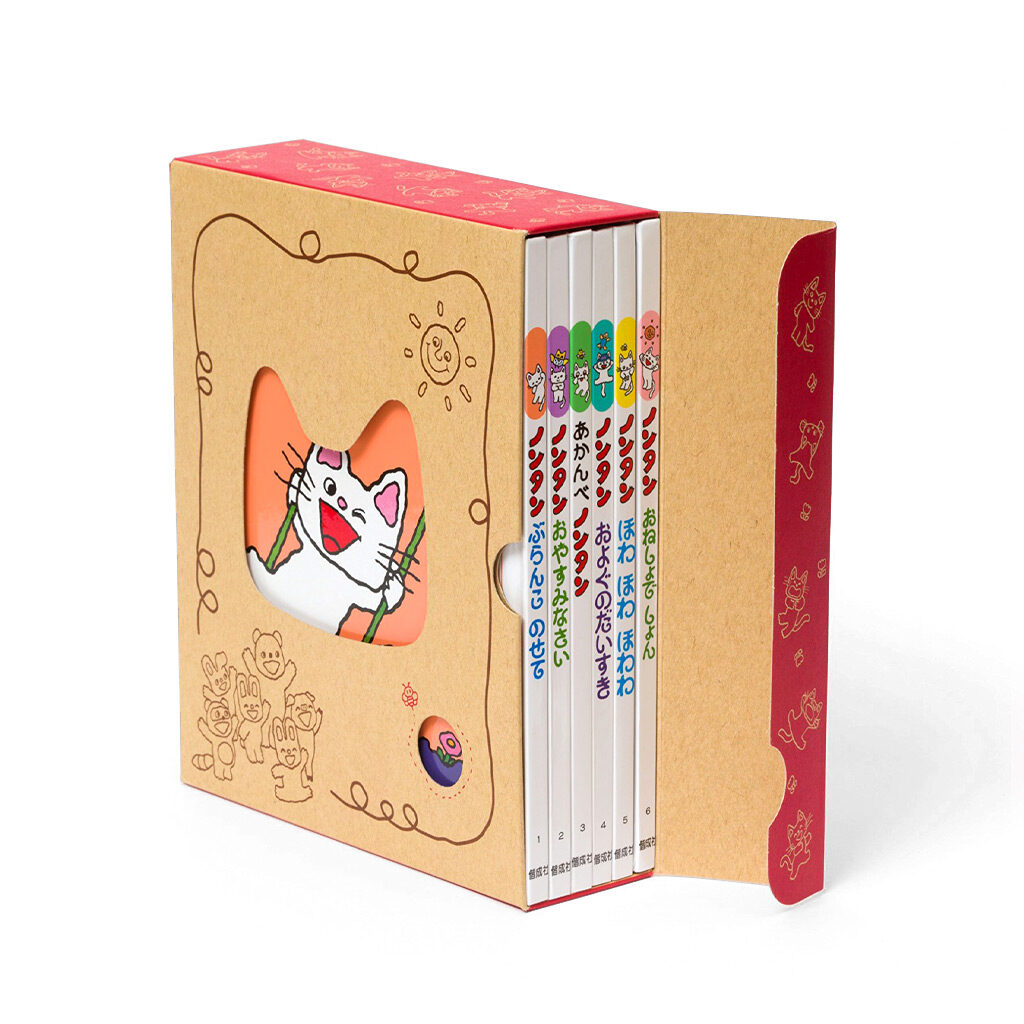
Sachiko Kiyono (1947–2008) is the author of the wildly popular series, Nontan. Nontan, an extremely mischievous white cat, plays and jokes with his animal friends in the engaging short books aimed at babies, toddlers and preschoolers. Kiyono’s drawings, which render the main character in wavy lines drawn by a thick marker, are very distinctive and speak to children. Indeed, many kids themselves must be eager to copy her style, following a drawing guide in the books, as my eldest daughter did. Pre-publication, Nontan was originally drawn as a fox, but after receiving editor feedback, he was changed to a cat to be more child-friendly.
Since 1976, when the first Nontan volume was published, Kiyono received backlash for her beloved character, who has been criticized as selfish and ill-mannered. However, she always defended her artistic choices, explaining that she wanted to direct her talent toward creating a book that would be fun for the kids themselves and different from other children’s lit with a moralistic tone.
So, if you’re looking for a Christmas gift, birthday gift or just adding to your collection for bedtime snuggles, you now know what to look out for!













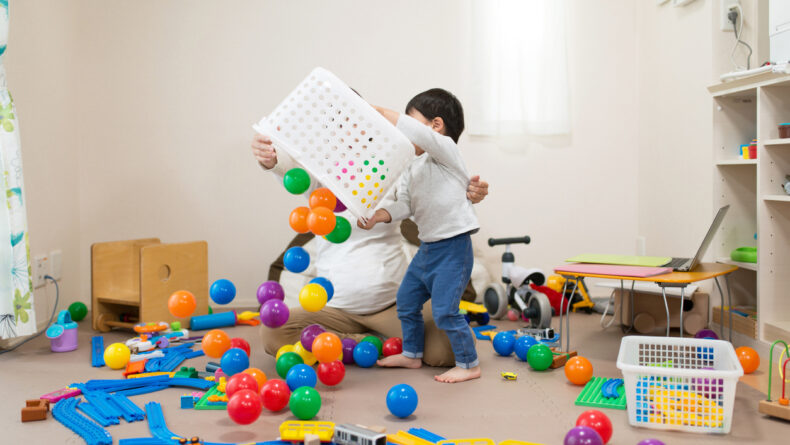

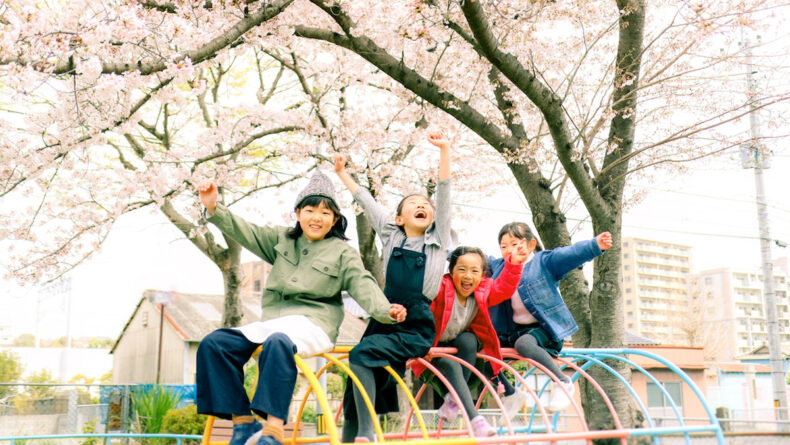
Leave a Reply